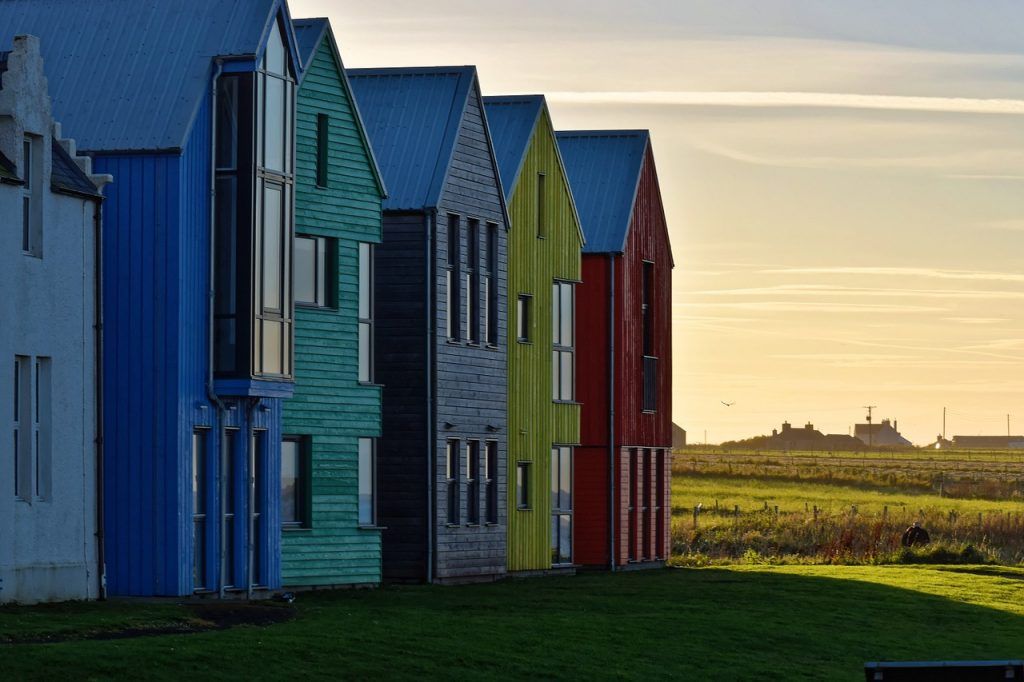Sustainable real estate : definition
To designate a responsible building, the French have a multitude of names such as eco-construction, eco-housing or green real estate. These terms refer to the eco-responsible approach to the construction or rehabilitation of the property. The approach consists concretely in working on the energy performance or the global ecological quality of the building.
Qu’Is the’sustainable real estate ?
L’sustainable real estate is primarily characterized by the energy performance of the building and the ecological footprint of a new construction. For notaries, the value of a green home comes mainly from the improvement of its thermal and environmental performance. This type of property is thus valued in comparison with houses with a similar surface, the same number of rooms..
A sustainable building can be recognized through the certifications dedicated. In France, there are several Effinergie labels to identify properties with reduced energy needs. They are attributed to housing that reduces CO2 emissions by 4 andto reach the carbon objectives of 2050.
Developers and builders have the HQE certification and the Habitat and Environment label.
On the other hand, Effinergie + is the label most known to the general public. It was launched with the RT 2012, the former standard governing thermal efficiency. In practice, this label is awarded after the building’s performance has improved by at least 20% compared to the 2012 regulations.
Energy consumption must also be reduced by 40% compared to the objectives of the time.
From 2022, this regulation will be replaced by the RT 2020 standard. The principle is now to produce new housing or tertiary buildings with positive energy. In other words, they are supposed to produce energy instead of consuming it.
This ambitious objective aims to strengthen the energy transition on all French real estate.
Why invest in the’sustainable real estate ?

Beyond ESG criteria, thesustainable real estate is promising for the institutional investors, savers, lessors, rental management companies… The homes classified A or B are in principle economical, according to the diagnosis of energy performance. They are therefore generally sold at prices between 6% and 14% higher than homes labeled D.
Similarly, the A or B rated apartments benefit from a 6 to 22% higher valuation compared to the same areas with D-label. This increase in value is also accompanied by various ecological and economic benefits. Housing can indeed reduce GHG (greenhouse gas) emissions, its carbon footprint, and its electricity and gas bills.
In other words, sustainable construction is potentially profitable whether it is for a rental investment or to live in. The value of the property increases with the decrease in energy consumption. In addition, prices will increase significantly in the electricity and energy market in general.
Energy performance is an excellent investment.
Individuals are sometimes dubious about the return on investment of ecological real estate programs. However, the ROI on this type of building is considerable in the long term, due to the evolution of the real estate market and energy production. Finally, health risks are limited with sustainable materials.
Sustainable real estate: the challenges of tomorrow ?

In the future, thesustainable real estate will have to respond to various environmental, societal and energy issues. Climate change is one of the first challenges facing the sector. It will thus be necessary to continue the efforts in energy efficiency started since the RT 2012.
Real estate professionals will also need to anticipate the strain on building materials.
On the other hand, the new buildings will be submitted to the RT 2020 thermal standard as soon as it comes into force in 2022. GHG emission levels will have a new cap of 4 kg per square meter per year for single family homes. Collective housing will benefit from a reprieve at 14 kg per square meter per year until the beginning of 2024.
The threshold will increase to 6 kg after the date set.
In order to achieve these objectives, the actors of sustainable construction are working on the total ban on gas by 2024. This type of heating produces more pollutants and has a low energy performance. As an alternative, the executive recommends solar installations or wood pellets.
In addition, sustainable finance is already helping to promote renewable energy.
Finally, the construction sector must completely review its use of resources to adapt to the responsible approach. This approach encourages the development of the circular economy in the building industry or a switch to sustainable materials. These will help reduce the environmental footprint of new construction and encourage recycling in the field.
